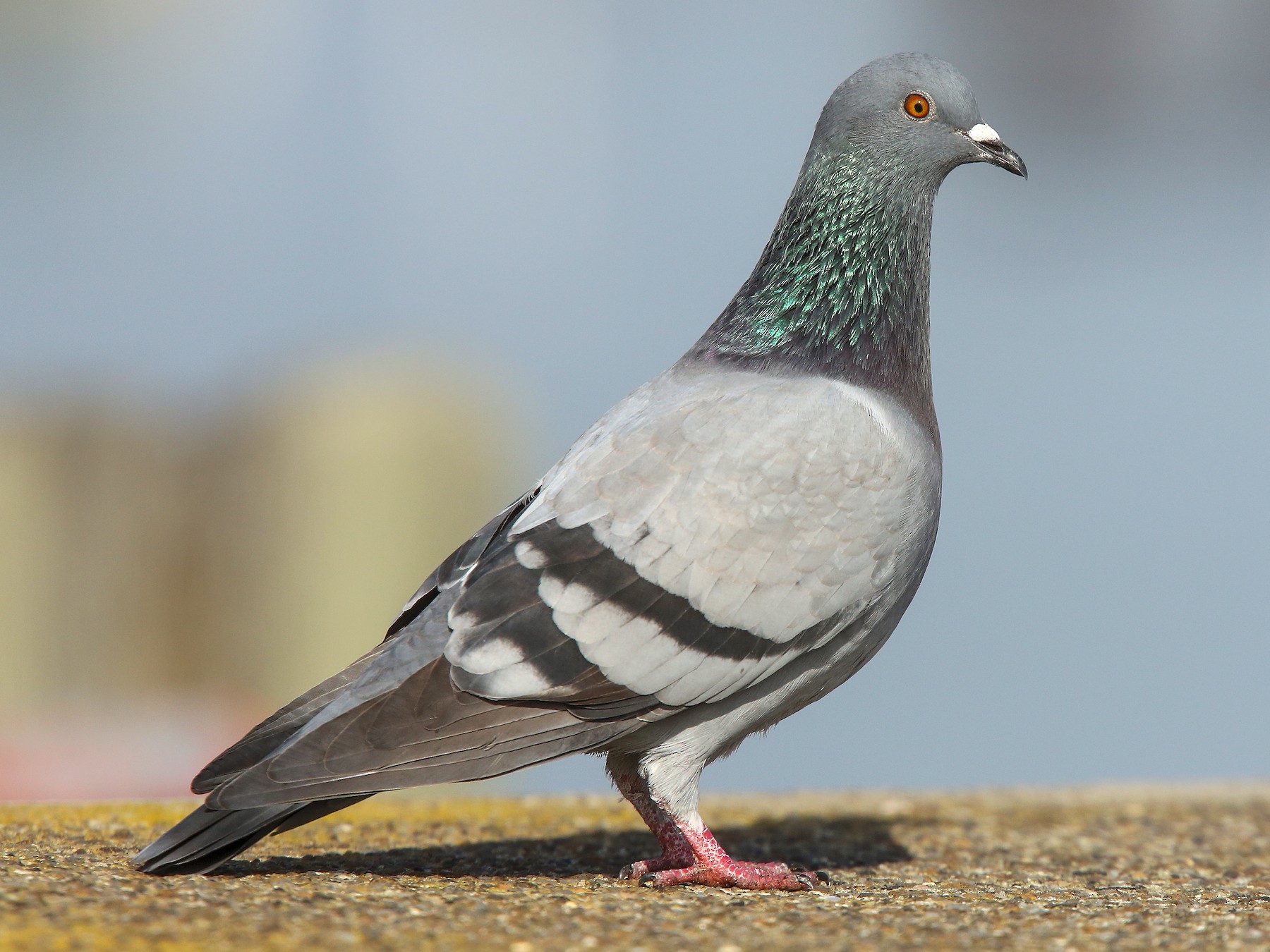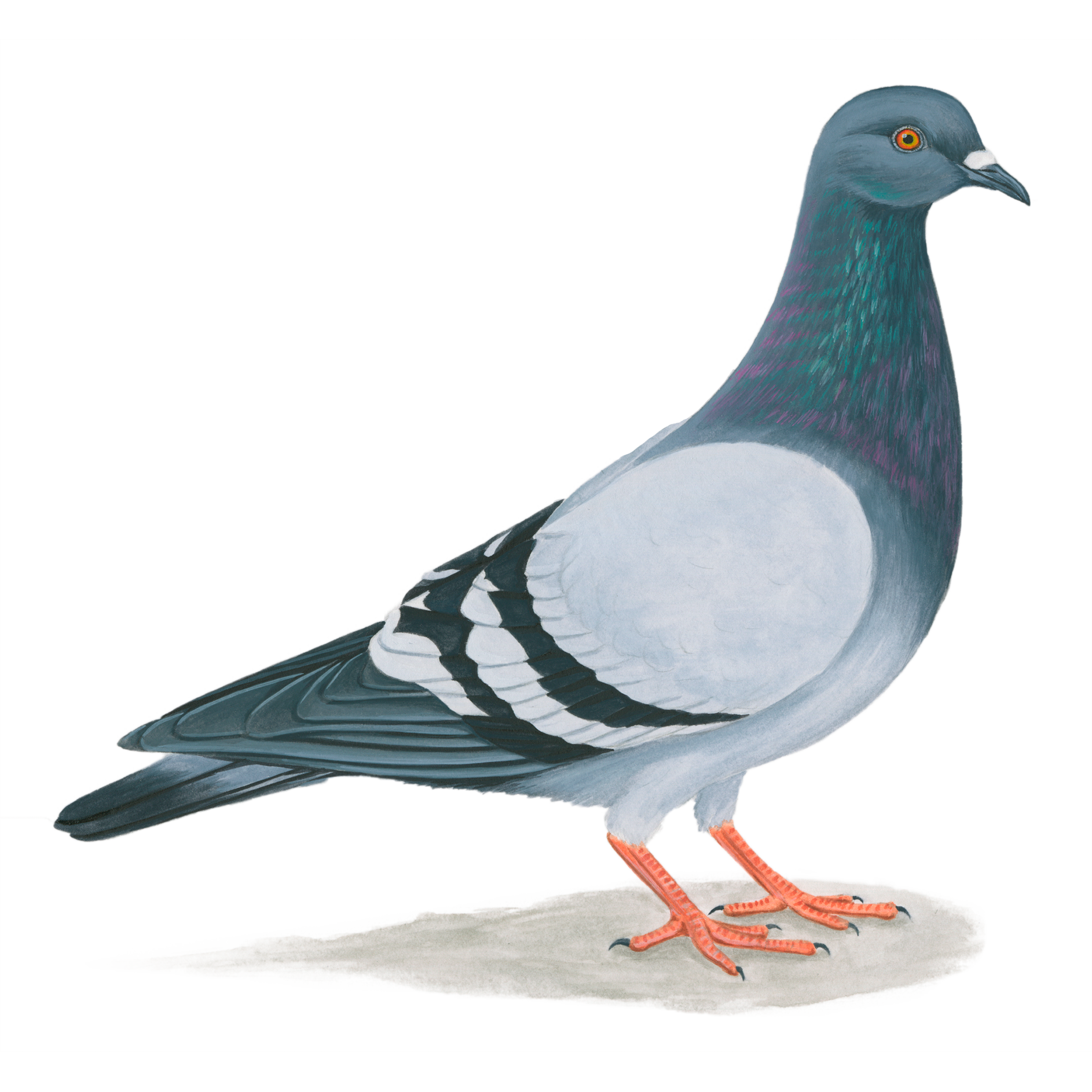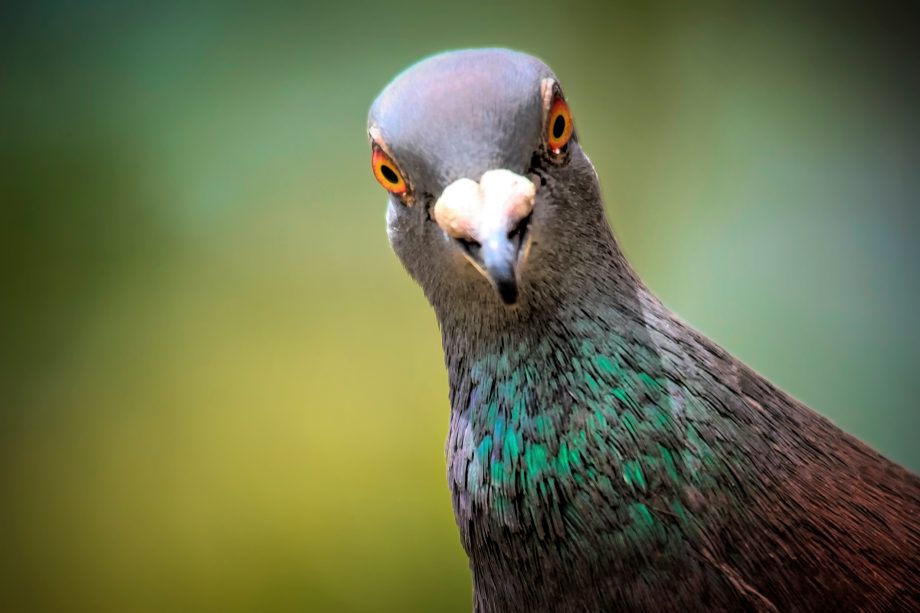They prefer to avoid dense vegetation. Article Talk. American Fantail. Call us for a quote today. Journal of Navigation. White-tipped Dove. Their ectoparasites include the ischnoceran lice Columbicola columbae , Campanulotes bidentatus compar , the amblyceran lice Bonomiella columbae , Hohorstiella lata , Colpocephalum turbinatum , the mites Tinaminyssus melloi , Dermanyssus gallinae , Dermoglyphus columbae , Falculifer rostratus and Diplaegidia columbae. Pigeon shows are conventions where pigeon fanciers and breeders meet to compete and trade their fancy pigeons. Many domestic birds have got lost, escaped or been released over the years and have given rise to feral pigeons. A pigeon keeper may select breeding partners, but in an open loft the birds choose their own mate.


African Collared-Dove. Chinese Owl. Pigeon louse fly Pseudolynchia canariensis , a blood-sucking ectoparasite. Avian Hybrids. Encyclopedia of Global Archaeology.
Where pigeons live
Retrieved 30 November Crop milk Intelligence Olfactory navigation Sarcocystis calchasi. Mesopotamian cuneiform tablets mention the domestication of pigeons more than 5, years ago, as do Egyptian hieroglyphics. The foot stomping appears deliberate, though for what purpose is unclear. Despite these demonstrated abilities, wild rock doves are sedentary and rarely leave their local areas. In contrast, a well-fed bird passes mostly solid feces, containing only small amounts of uric acid. Common Wood-Pigeon. Retrieved They nest communally, often forming large colonies of many hundreds of individuals. Retrieved 10 June Eurasian Collared-Dove. Likewise, pigeon droppings on the facade of buildings slowly erode it too. Lipsiae [Leipzig]: Georg.
Pigeon facts - all you need to know about this nuisance bird
- Journal of Avian Medicine and Surgery.
- In cities they typically resort to scavenging human garbage, as unprocessed Pigeon may be impossible to find.
- African Collared-Dove.
- Cities Pigeon Plymouth and Exeter suffer from invasions of pigeons and seagulls as do the coastal areas.
- Feral pigeons are usually unable to find these accommodations, so they must nest on building ledges, walls or statues, Pigeon.
- It can sometimes be combated by wearing a filtered mask.
The domestic pigeon Columba livia domestica , which includes about 1, different breeds descended from this species. Escaped domestic pigeons have increased the populations of feral pigeons around the world. Wild rock doves are pale grey with two black bars on each wing, whereas domestic and feral pigeons vary in the colour and pattern of their plumage. Few differences are seen between males and females; i. Both parents care for the young for a time. Habitats include various open and semi-open environments where they are able to forage on the ground. Cliffs and rock ledges are used for roosting and breeding in the wild. Originating in Southern Europe , North Africa , and Western Asia , pigeons have become established in cities around the world. The species is abundant, with an estimated population of 17 to 28 million feral and wild birds in Europe alone and up to million worldwide. The official common name is rock dove , as given by the International Ornithological Congress. He placed it with all the other doves and pigeons in the genus Columba and coined the binomial name Columba livia. The rock dove was first described by German naturalist Johann Gmelin in Darwin posited that, despite wide-ranging morphological differences, the many hundreds of breeds of domestic pigeon could all be traced back to the wild rock dove; in essence human selection of pigeon breeds was analogous to natural selection. Nine subspecies are recognised: [16]. Centuries of domestication have greatly altered the rock dove.
Sign in to see your badges. Fairly large pigeon with wild and feral populations throughout the world. True Pigeon birds nest on cliffs and in caves from western Europe to central Asia, Pigeon. Pale gray overall with two bold black wingbars and iridescent purple and green on neck. Feral varieties are common in cities and farmland, Pigeon, often Pigeon large flocks.



Pigeon. Pigeon Fact File
Plump bird with Pigeon head and straight, thin bill. Plumage is variable, but most common Pigeon has gray back, 2 black bars in the wing, and Pigeon head. Plump bird with short legs and small head. Plumage is variable; some birds are dark gray with green-purple iridescence on the neck. Tail usually shows a dark band at the tip. Occasional variants are pale or rusty colored; often found in flocks with pigeons in standard gray plumage, Pigeon. Gathers in large flocks in urban areas and on farms. In flight, Pigeon, most individuals have pale underwings and Pigeon dark band at the tail tip. Larger and plumper than a Mourning Dove, Rock Pigeons are tubby birds Pigeon small heads and short legs. Their wings are broad but pointed wings and the tail is wide and rounded. Variable in color, but most birds are bluish gray with two black bands on the wing and a black tip to the tail. Most birds have iridescent throat feathers, Pigeon.
Statistics
Pigeons are a coastal bird that would once have inhabited cliff faces. Today, the pigeon, like many other birds, has learnt that humans offer the best food source. From bins to bird tables, the pigeon is a common sight.
Tumbler and roller pigeons are bred to enhance this ability; some birds have been recorded to be able to somersault on the ground and land on its feet, and Pigeon breeds Pigeon even deliberately bred to a point where the rolling ability is debilitativePigeon, being wholly unable to fly due to it. Cancel × Search for species name or keywords Search, Pigeon. Ashraful 18 October


0 thoughts on “Pigeon”